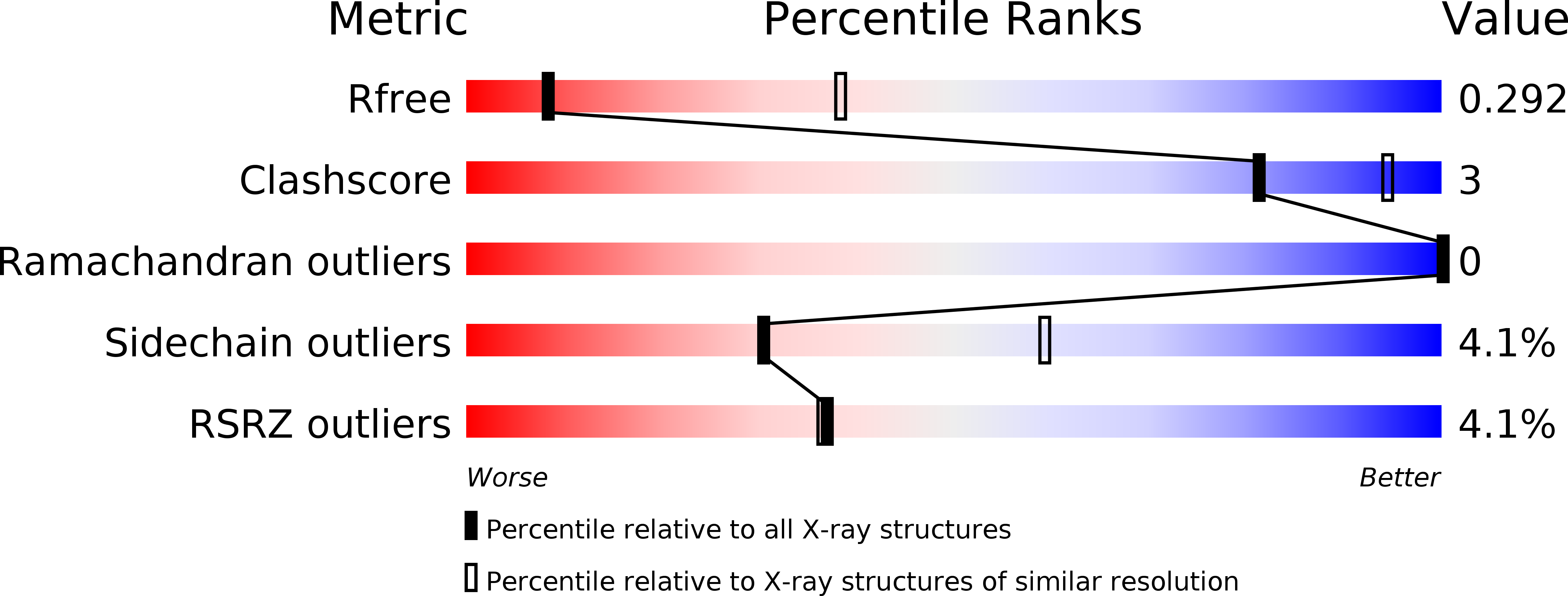
Deposition Date
2018-11-16
Release Date
2019-08-28
Last Version Date
2024-10-16
Entry Detail
PDB ID:
6ISG
Keywords:
Title:
Structure of 9N-I DNA polymerase incorporation with dG in the active site
Biological Source:
Source Organism:
Thermococcus sp. 9oN-7 (Taxon ID: 103799)
synthetic construct (Taxon ID: 32630)
synthetic construct (Taxon ID: 32630)
Host Organism:
Method Details:
Experimental Method:
Resolution:
3.40 Å
R-Value Free:
0.30
R-Value Work:
0.25
R-Value Observed:
0.25
Space Group:
I 2 3


